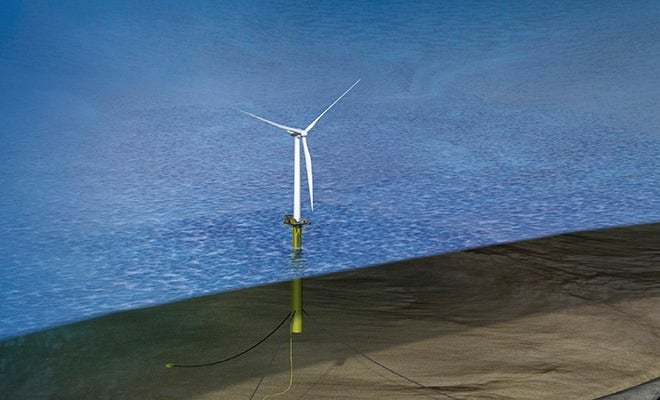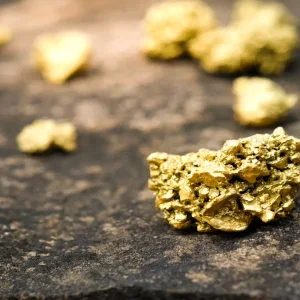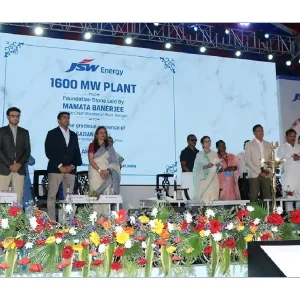
Water injection is an effective tool in exploiting oil reserves, but the process is often inhibited by the high costs associated with large gas or diesel generators and complicated subsea infrastructure. By using a floating wind turbine, the WIN WIN concept allows the injection system to operate independently, eliminating the need of long flowlines from the platform.
DNV GL has worked extensively with oil and gas companies since 2015 to bring the ‘WIN WIN’ concept to prototype readiness. The first phase of research explored the techno-economic feasibility of the wind powered water injection, while, the recently-completed second stage involved advanced proof-of-concept lab tests.
President & CEO of DNV GL, Remi Eriksen says, “It is always inspiring to see a great idea whose time has come edge towards reality. Wind power working for oil and gas, and oil and gas working for wind power, not only captures the imagination in these times of transition, but makes a lot of business sense. The question, now, is who is going to take this concept into physical reality?”
Project director, Johan Sandberg says, “From the start, this project has always had a commercial focus. Potentially substantial rewards await a first mover willing to build a prototype to increase technology readiness and optimize system integration. As operators know too well, conventional water injection is expensive, with the power plant occupying valuable deck space and expensive flowlines running to the injection site. With WIN WIN, the power is supplied in situ at potentially much lower cost, with increased flexibility and without emissions.
In the latest round of research, DNV GL conducted a joint industry project (JIP) with funding provided by ExxonMobil and Vår Energi AS. Jayme Meier, Vice-President, ExxonMobil Upstream Research Company, says, “The completion of phase 2 of the WIN WIN JIP drives us one step closer to a technically viable and commercially deployable system.”
Source: Company Press Release






